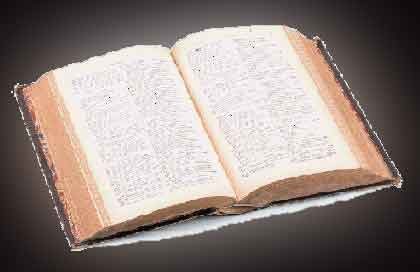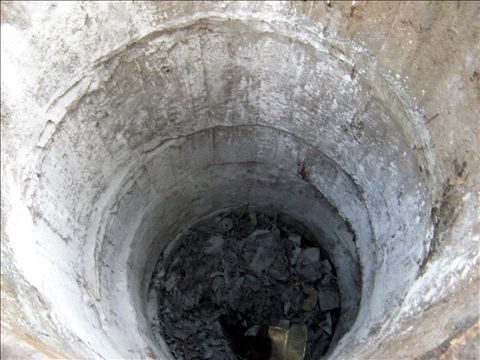 The concept of telesecundaria is applied to name an innovative education system installed in Mexico in 1968 and which consists of teaching the secondary level through television broadcasts, and which is especially intended for students living in rural or rural areas. difficult to access. In this way, the complication of traveling to school is eased.
The concept of telesecundaria is applied to name an innovative education system installed in Mexico in 1968 and which consists of teaching the secondary level through television broadcasts, and which is especially intended for students living in rural or rural areas. difficult to access. In this way, the complication of traveling to school is eased.
In the historical moment that was installed, illiteracy was a serious problem that grew and grew in the aforementioned regions, so this proposal sought to reduce it.
We must emphasize that as of the date it is still valid.
Created by the Mexican journalist and public official Álvaro Gálvez y Fuentes
Its creator has been the Mexican announcer, journalist and lawyer Álvaro Gálvez y Fuentes who between 1964 and 1970 knew how to perform in the public function as director of the Department of Audiovisual Education of the Secretary of Education of the nation.
Although his proposal was certainly innovative at that time, it was not something new but in reality, Álvaro Gálvez y Fuentes would be inspired by the system that had been applied in Italy.
And it not only included television in the literacy process but also joined the radio broadcasts.
This renowned Mexican journalist and civil servant took great care to spread the culture and education in his country, and of course the telesecundaria has been one of his most remembered contributions.
How is the teaching process carried out?
Within this system there are three elements that are the basis of it and that of course interact so that the plan comes to fruition: the telemaster, who in the TV studios explains the lesson; the monitor teacher, who is the one who explains to the student the doubts that have remained after the presentation of the telemaster; and the classroom that is provided with the necessary study material.
The duration of the class is one hour, in the first ten minutes a review of what was studied in the previous class is carried out, then, in the twenty minutes that follow, the class of the day is broadcast. After this step, another twenty minutes come into play in which the exercises will be supervised to see if the student actually learned the lesson. And in the end there are ten minutes of rest.
To affirm the knowledge, manuals and printed study guides were developed that have the mission of accompanying and supporting the televised lesson.
Photo: iStock - baona









